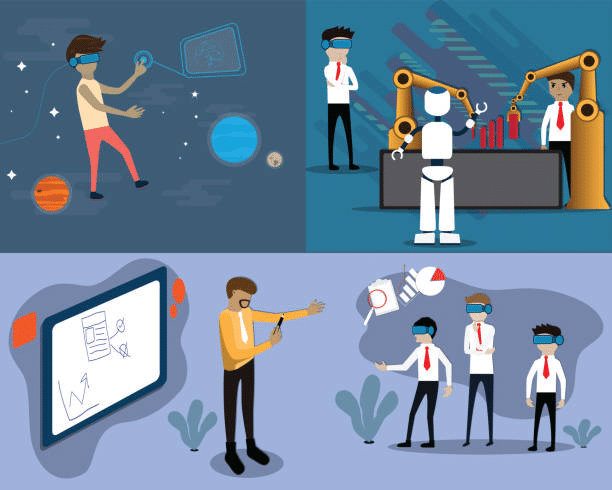Why It’s Not A Competition! But A Green Collaboration
The goal of the green collaboration is to create a world where we can all thrive and do our part for the environment.
Thus, green collaboration means working together to find innovative solutions that benefit us all.
In today’s world, sustainability (also highlighted here) has become a hot topic, and it’s not hard to understand why. As our planet continues to face unprecedented challenges from climate change and other environmental issues, it has become clear that we need to take action to preserve our planet’s natural resources.
However, some people believe that sustainability is a competition, with each individual or organization competing to be the “greenest” or most eco-friendly.
In reality, it’s not a competition at all. Instead, it’s a collaboration – a collective effort to build a more sustainable future for ourselves and future generations.
Working towards this shared goal, we can pool our knowledge, resources, and expertise to create something greater than any one of us could achieve alone.
By being united in our efforts, we can ensure that the benefits of going green are felt by everyone.
As a result, the green collaboration model is not about competition. We have come to realize that it’s important to work in partnership because we have the same goal in mind.
The green collaboration model is based on cooperation. Green collaborations are made up of a diversity of organizations, including businesses, local and state governments, nonprofits, universities, and more – all working together toward shared goals.
Here, we discussed why it’s not a competition! But a green collaboration.

Collaboration Is Key
Collaboration is key when it comes to sustainability. It’s not about one person or organization being “better” than another; it’s about working together to achieve a common goal. Whether it’s reducing our carbon footprint, conserving natural resources, or implementing sustainable practices in our businesses, we can all do our part to make a difference.
For example, let’s consider the fashion industry. This industry has long been known for its negative impact on the environment, with fast fashion contributing to pollution, waste, and unethical labor practices. However, many fashion brands have begun to recognize the importance of sustainability and have started to implement eco-friendly practices in their production processes. By collaborating with each other and with sustainable fashion experts, these brands can share knowledge and resources, making it easier for everyone to become more sustainable.
In the same way, individuals can collaborate to make a difference. Whether it’s carpooling to work, using reusable shopping bags, or participating in community recycling programs, every action counts. By working together, we can create a more sustainable world, one small step at a time.
Breaking Down Barriers
One of the biggest challenges facing sustainability today is the perception that it’s a competition. Many people feel like they need to compete with each other to be the “greenest” or most eco-friendly. This can create unnecessary barriers and make it difficult for individuals and organizations to work together.
Instead of focusing on competition, we need to focus on collaboration. By working together and sharing knowledge and resources, we can break down these barriers and create a more inclusive and sustainable world.
Benefits of Collaboration
There are many benefits to collaboration when it comes to sustainability. Firstly, collaboration can lead to a more efficient use of resources. By sharing knowledge and resources, we can avoid duplicating efforts and make the most of our limited resources. This can lead to cost savings and a more sustainable use of resources.
Secondly, collaboration can lead to innovation. When people with different perspectives and expertise come together, they can come up with new and innovative solutions to sustainability challenges. This can lead to breakthroughs in sustainable technology and practices, which can benefit everyone.
Finally, collaboration can help to build stronger communities. By working together towards a common goal, we can create a sense of community and shared purpose. This can help to bring people together and create a more sustainable and connected world.
Conclusion
In conclusion, sustainability is not a competition. Instead, it’s a collaboration – a collective effort to build a more sustainable future for ourselves and future generations. By working together and sharing knowledge and resources, we can create a more efficient, innovative, and connected world. Whether it’s reducing our carbon footprint, conserving natural resources, or implementing sustainable practices in our businesses, we can all do our part to make a difference. So let’s break down the barriers and start collaborating towards a more sustainable future!
References:
- World Wildlife Fund: https://www.worldwildlife.org/
- The Nature Conservancy: https://www.nature.org/
- Environmental Defense Fund: https://www.edf.org/
- Greenpeace: https://www.greenpeace.org/
- United Nations Environment Programme: https://www.unep.org/
- National Geographic: https://www.nationalgeographic.com/
- The Guardian: https://www.theguardian.com/
- Scientific American: https://www.scientificamerican.com/
- Forbes: https://www.forbes.com/environment/
- Harvard Business Review: https://hbr.org/topic/sustainability


